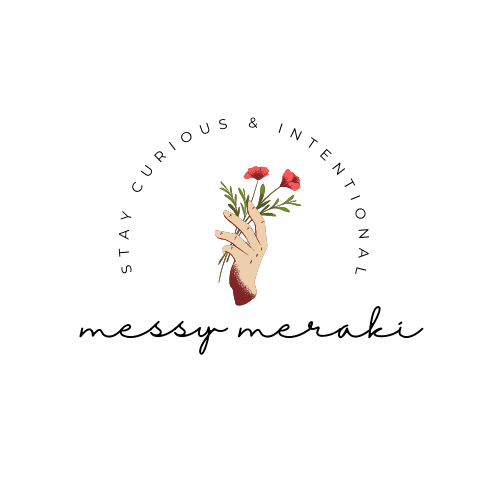Something that comes up a lot when talking about art is creativity. Are some people naturally more creative? Is creativity something we all possess? Does creativity equal artistic or vise versa?
There is quite a bit to be said here. The Merriam-Webster definition of creativity is “the ability to make new things or think of new ideas”. Dictionary.com defines creativity as “the ability to transcend traditional ideas, rules, patterns, relationships, or the like, and to create meaningful new ideas, forms, methods, interpretations, etc.; originality, progressiveness, or imagination”. Both definitions are vague enough in nature that one can begin to see that creativity doesn’t necessarily equate to artistic ability, though the two are commonly associated.
But why are they commonly associated? Let’s think about the following questions:
What is creativity to you? Do you consider yourself a creative person? Why? What characteristics do you associate with a person you would consider to be creative?
Chris Orwig of The Creative Fight states, “all art is creative but not all creativity is art”. Creativity can be anything from a painting to a new invention. I think what’s more important than finding a definition is considering *why* we have creative ability and how we can tap into it.
“Creativity is essential to life. It’s like the oxygen that gives us life and the sunshine that provides growth. Creativity is like an electric current to illuminate our path. It is a fire that reinvigorates our resolve to do what matters most. Creativity is hope when all seems lost. It sustains us so that we can thrive. When the creative juices flow, we become more productive and alive. We move forward and accomplish impossible tasks” - Chris Orwig
For the sake of this blog, let’s think about photography as a means of creative expression. You don’t have to produce a work of fine art in order to express yourself creatively. A snapshot alone can be therapeutic creative expressionism when there is intent; it is the process of experimenting with new ideas, methods, rules, patterns, etc. that ignites the spark of creativity.


